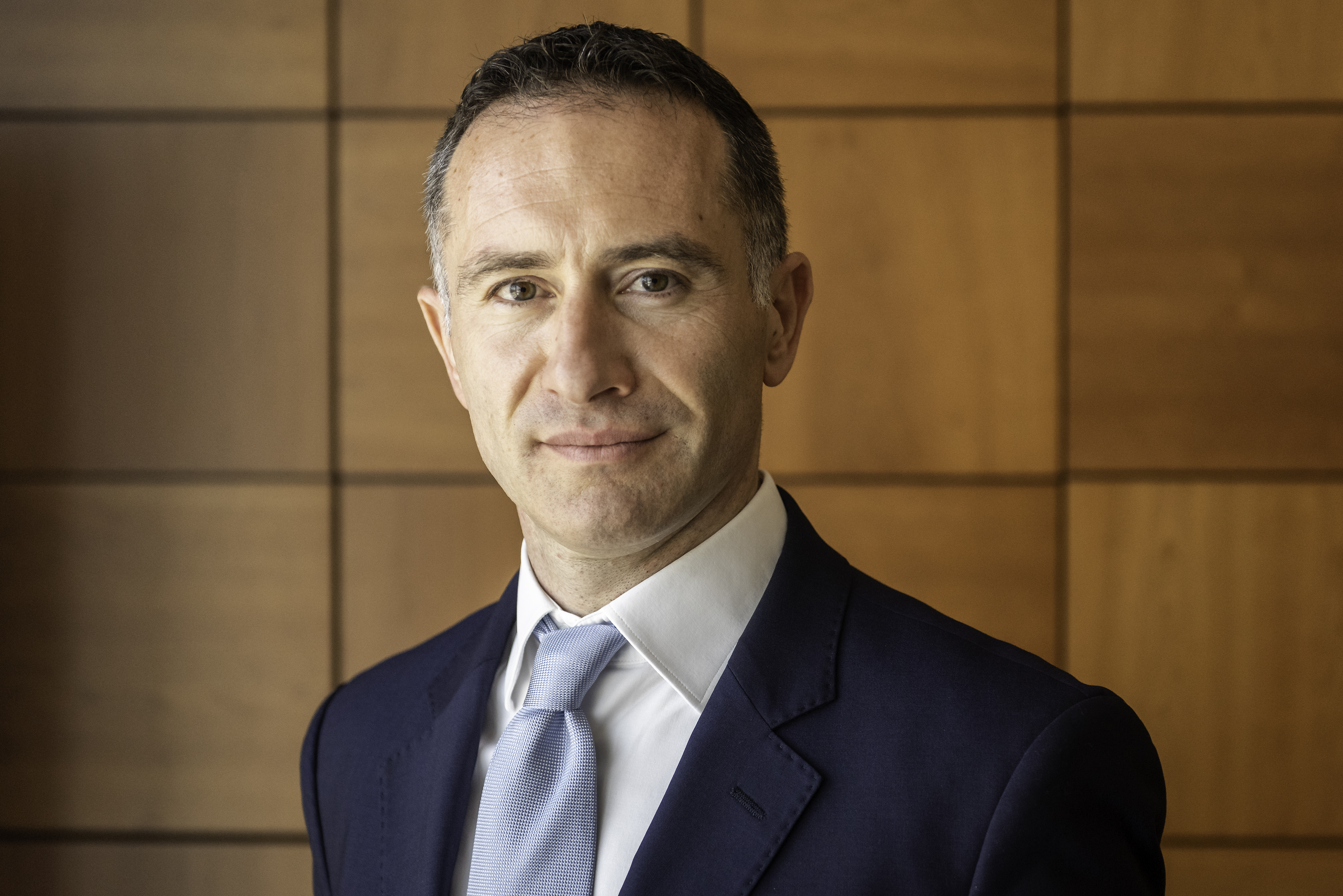
Trying to fight issues around high portfolio turnover and unallocated reserves should be a top priority for insurers, says Massimo di Tria, Group Chief Investment Officer, Cattolica Assicurazioni.
“We do have some obstacles, and the most important one is that we
have a Solvency II regime which is pro cyclical”
In a recent Clear Path Analysis panel discussion, di Tria, Group Chief Investment Officer at Verona-based Cattolica Assicurazioni, discussed this issue and what the wider industry should look into to mitigate as well as the specific ways Italian insurers should be aware of it.
“This question can be very specific and depending on the specificity of the portfolios so being, the Chief Investment Officer (CIO) of an insurance company can certainly see something in terms of obstacles for insurance portfolios,” says di Tria. “We do have some obstacles, and the most important one is that we have a Solvency II regime which is pro cyclical.”
“When there is this aggressive volatility, we can be pushed by our solvency to act a bit too much pro cyclically,” he says and that it is the first constraint that insurers and CIOs must keep in mind and pay attention to. “We try to always have some leeway, to be ready with some dry powder to be used in case of opportunities,” he says.
Another obstacle, de Tria adds, is the low turnover of the insurance portfolio, especially on the traditional life portfolios.
“You cannot easily sell bonds - especially bonds but securities more generally - in case of annualised gains or losses because there is P&L to be managed.”
This is despite a 2017 report from US investment manager Schroders, which laments the opposite, and says it is “a truth universally acknowledged that high turnover in an actively managed portfolio is a bad thing”.
“You cannot easily sell bonds - especially bonds but securities more generally - in case of annualised gains or losses because there is P&L to be managed,” says di Tria. “This is a special moment in history where we have unrealised gains almost everywhere in the portfolios, which in theory, is a good thing but on the other hand this is greatly limiting our ability to change the asset allocation quickly.”
He explains that in Italy, where there aren't unallocated reserves in the back book, which is the case in other European countries where they do have more flexibility, it means that when you sell something with unrealised gains and losses, this goes directly into the P&L and the return of the segregated fund.
“This is a serious issue, and we try to overcome it by keeping the portfolio clean to compensate gains and losses and to keep the portfolio at a very efficient level,” he says. “Also, we always try to engage in a dialogue with the regulators to try to get more flexibility on the unallocated reserves because there could be a great solution for the future.”
A 2020 EY report on the topic of the conflict between solvency and liquidity, says that any regulatory relief is likely “to come at a cost to shareholder dividends and executive bonuses.”
De Tria says they have it now for the new segregated accounts so that they can build up new segregated accounts with allocated reserves, which will allow them to realise gains and store these gains for 80 years.
“This allows us to use them to steer portfolio returns. However, we cannot do this on the back book, and we are trying to see if we can have that feature in the future. These are two of the most important obstacles that we are currently facing.”